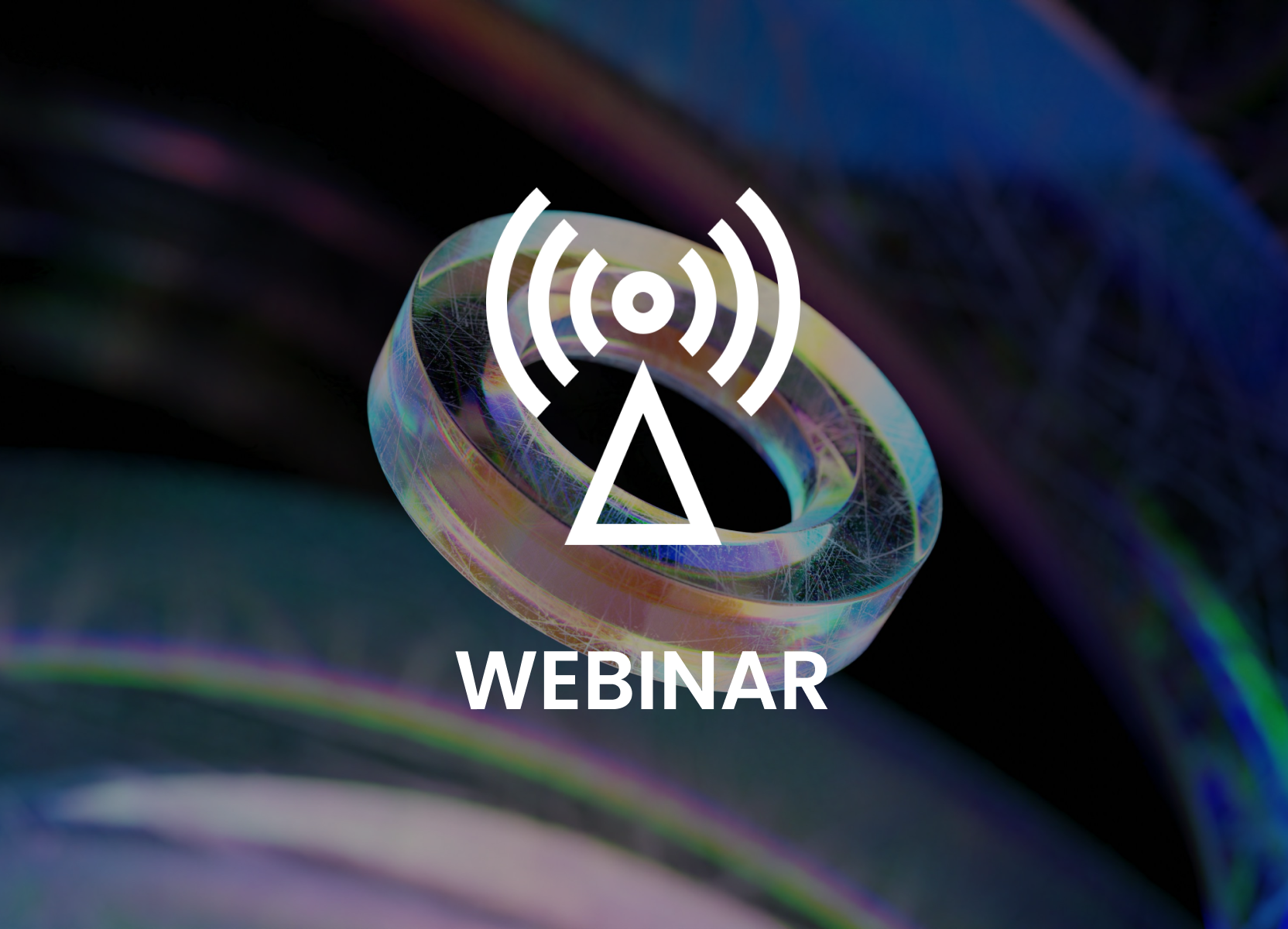How can you tell if you’re making the most of your container orchestration platform? Kubernetes monitoring tools can help you assess your platform's performance and identify the issues you should deal with in order to improve your efficiency. Check out your options and pick the right Kubernetes network monitoring solution for your organization.The efficiency of your business solutions is essential for your business success, but how can you assess it? As Kubernetes itself is a rather complex environment, and containerized applications are often distributed across various environments, you may need to select and analyze the right Kubernetes performance metrics first in order to find the best Kubernetes monitoring tool for you. Grafana allows monitoring of Kubernetes lcaster and provides the ability to alert in case of an issue.
Kubernetes monitoring spheres
There are plenty of metrics you might use in your Kubernetes monitoring process, but first you need to understand the different spheres that can be assessed with the available Kubernetes monitoring tools available. The thing is, the overall business value of each potential IT solution depends on its security, resource management capabilities, etc.
Kubernetes performance monitoring
Monitoring the performance of Kubernetes clusters helps you make informed decisions about your business and ensure the highest efficiency of your applications. Keeping your finger on the pulse allows you to manage complex, cloud-based or microservice-based applications with ease. Monitoring Kubernetes with the right tools lets you identify problems that will eventually need to be dealt with and some signs of possible trouble you can act on to prevent problems before they happen.
Kubernetes security monitoring solutions
The security of your business tools and software is of the highest priority. Monitoring processes and Kubernetes user activity makes it easier to spot suspicious events fast enough to protect your resources. Special tools can be used to identify unauthorized access and unnecessary jobs that pose the risk of a breach or DOS attacks. Additional Kubernetes job monitoring solutions can protect you from possible threats.
Kubernetes resource monitoring
Kubernetes event monitoring is one thing, but you should also leverage some tools that enable control over resource usage. There are situations in which you may want to know who is using a specific resource and how. This would make it possible for you to analyze and reduce the costs of running your workloads.
Kubernetes cost monitoring
Cost monitoring is naturally related to resource monitoring in Kubernetes. Tracking the amount of resources consumed in business processes, you confirm that you are not over-resourced. You’ll also be able to ensure that your resources are being used optimally; hence you won’t waste money. If you are running Kubernetes applications on a public cloud, it is especially important that you realize how many nodes you are running because you pay for the resources as you go.
Commonly used Kubernetes monitoring tools
There are plenty of Kubernetes monitoring tools of many types. You can choose open-source solutions or select a commercial one. Their variety allows your company to pick the one that suits your needs best.
1. Sematext Monitoring
Sematext Monitoring is a commercial tool from the Sematext business solutions collection. It can be used for monitoring both traditional and microservice-based applications deployed on Kubernetes. It enables you not only to analyze and visualize data, but also to set alerts, and by doing so, you partially automate the monitoring process. Sematext Monitoring is in fact very easy and comfortable to use. Notifications can be created for logs and chosen metrics, and they are sent straight to your mailbox, communication tools (for example, Slack) or any other communication channel you pick for that purpose. The monitoring dashboard can be customized to suit your specific requirements. Compared to traditional monitoring or command-line tools, it makes it much easier to identify problematic pods. This tool is also quite easy to start using. All you need to do is install The Sematext Agent, setup the commands (it doesn’t take much time) and run it.
2. Prometheus
Prometheus is one of the most popular open-source monitoring tools for Kubernetes. However, it is probably less intuitive than the commercial solutions, and it has no dashboard of its own, so if you select it for monitoring your Kubernetes workloads, you will also need to look for a good visualization tool. Prometheus has a simple but powerful multidimensional data model and uses flexible query language (PromQL) – which makes it different from other solutions of this type. It is more of a pull rather than push model. This means that it initiates processes as a reaction to present demand, and not in anticipation of future demand. It also comes with built-in real-time alerting, so it will keep you updated.The big advantage of this Kubernetes monitoring solution is that it not only gives alerts in real-time, but it’s also open-source. Therefore, it's free for anyone to use, and it has a strong community of users who help each other.
3. Datadog
Datadog is another commercial Kubernetes monitoring tool. Its users can assess chosen metrics, events and service states in real time. Collected data can be gathered in reports and visualized in the form of attractive, easy to interpret graphs. As a user, you can set alerts according to your individual needs – it is very flexible in defining alerting conditions – without running any storage or monitoring infrastructure yourself.This solution enables you to easily find issues and optimize application performance. Many of Datadog’s tools allow you to search and filter logs in order to spot trouble faster. You can set alerts to come to your e-mail, Slack or any other channel you select, so you will stay well-informed no matter what you’re actually doing at a moment.The good thing is that Datadog offers a free trial version, so you can see how it performs, and additionally it has a free version, although it is very limited.
4. Jaeger
Jaeger is made by Uber Technologies and has been open-source since 2016. Its monitoring and troubleshooting solutions for complex distributed systems – including Kubernetes environments – are free to use and can be used in many ways. It's good for root cause analysis, tracking distributed transactions, distributed context propagations and assessing service dependency. With this tool, you will be able to improve the performance and latency of your applications. It supports many popular programming languages, like Java, Node, Python, Go and C++. Jaeger also works with various data sources, like Cassandra or Kafka. If you decide to use it for Kubernetes monitoring, you will be able to spot potential problems and optimize Kubernetes’s performance.Jaeger is not only easy to deploy, but it also comes with a modern user interface, which makes it easy to use. It gives you access to many tools, and it is free for anyone to use.
To sum up
In this article, we’ve only described four of the many Kubernetes monitoring tools. Various monitoring solutions are available for Kubernetes – commercial and open source. They are often similar in many ways, which is why choosing the best one for your organization may not be an easy task. Before selecting one, you should carefully analyze your needs, considering the metrics you would like to monitor and the spheres you’d like to assess. We’ll be happy to advise you on picking the right monitoring tools for your company. Contact us to learn more about your options.

The best solutions for big data security
Data lake architecture what is its purpose and how do you design it




